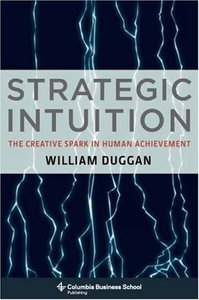In the passage below, Nobel-Prize-winner Vernon Smith brings our attention to an intriguing passage from Adam Smith’s “The Theory of Moral Sentiments” (1759).
In the development of new products from the process of creative destruction, new products sometimes start out as expensive, and are only purchased by the rich. This allows the new industry to survive until economies of scale, and more efficient production techniques are achieved. Eventually, as efficiencies are achieved, prices decline. An example would be the early years of the development of autmobiles. (One source for this example is Blue Ocean Strategy, pp. 193-194).
(p. A20) . . . the income of the rich is largely invested in the tools and knowledge of production, which provide future long-term value for everyone: “The rich only select from the heap what is most precious and agreeable . . . though they mean only their own conveniency . . . [and] . . . the gratification of their own vain and insatiable desires, they divide with the poor the produce of all their improvements.”
For the full commentary, see:
VERNON L. SMITH. “The Clinton Housing Bubble.” The Wall Street Journal (Tues., December 18, 2007): A20.





